23 Jan Cerebral Diseases
Project Summary: In syringomyelia, fluid cysts expand and damage the spinal cord and can lead to disabling pain, paralysis and other neurological effects. Treatment is often unsuccessful because the exact mechanisms of how fluid circulates in the spine and builds up in the spinal cord is...





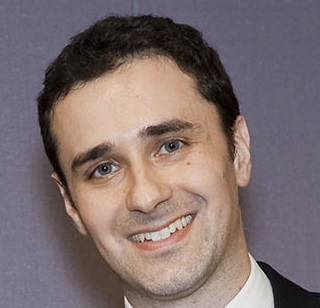
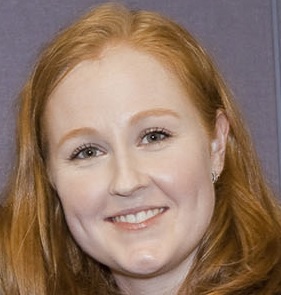
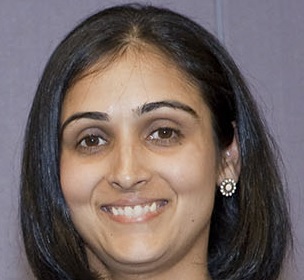
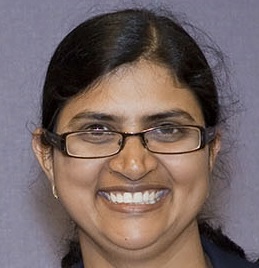

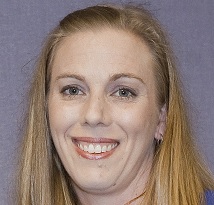
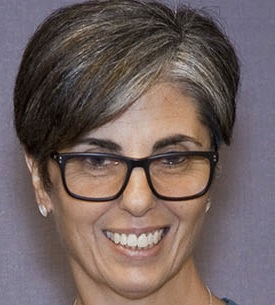


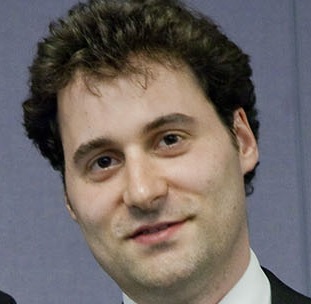
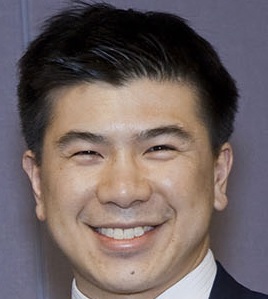
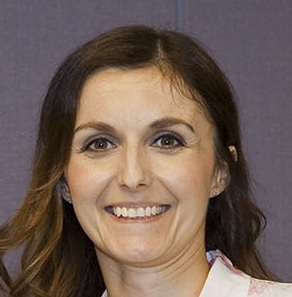

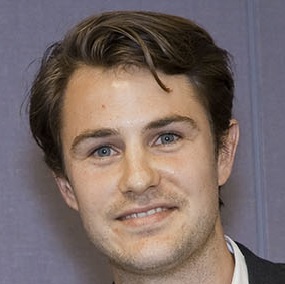


 The Brain Foundation is the largest, independent funder of brain and spinal injury research in Australia. We believe research is the pathway to recovery.
The Brain Foundation is the largest, independent funder of brain and spinal injury research in Australia. We believe research is the pathway to recovery.